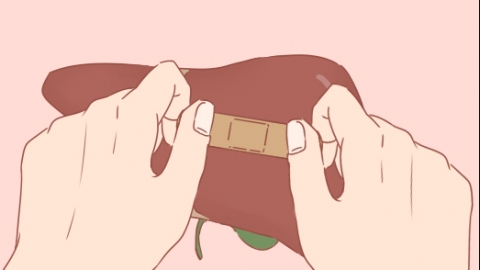Is cholecystitis related to the liver?
Generally, whether cholecystitis is related to the liver depends on its underlying cause. Some cases of cholecystitis are associated with liver conditions and are triggered by liver diseases, while others are unrelated to the liver and result from problems originating in the gallbladder itself. The detailed analysis is as follows:

If cholecystitis is caused by liver disease—such as viral hepatitis or cirrhosis—abnormal bile secretion or excretion may occur. Bile stasis can irritate the gallbladder wall and lead to inflammation. Additionally, if intrahepatic bile duct stones dislodge and enter the common bile duct, obstructing the cystic duct, cholecystitis may also be triggered. In these cases, there is a clear association between cholecystitis and liver conditions.
When cholecystitis results from intrinsic gallbladder issues—such as gallstones blocking the cystic duct, bacterial infection of the gallbladder wall, or abnormal gallbladder motility due to long-term irregular eating habits or a high-fat diet—it is typically not directly related to the liver. In such cases, the disease primarily stems from structural or functional abnormalities of the gallbladder itself, without significant liver pathology.
In daily care, it is important to maintain a light, low-fat diet to avoid increasing metabolic strain on the gallbladder and liver. Regular physical activity and weight management are also recommended to reduce the risk of stone formation.




